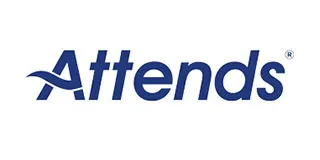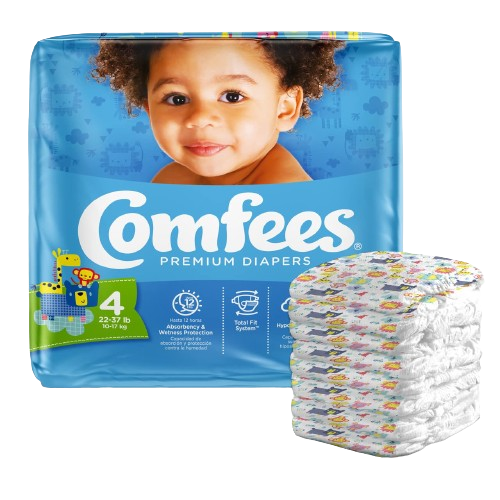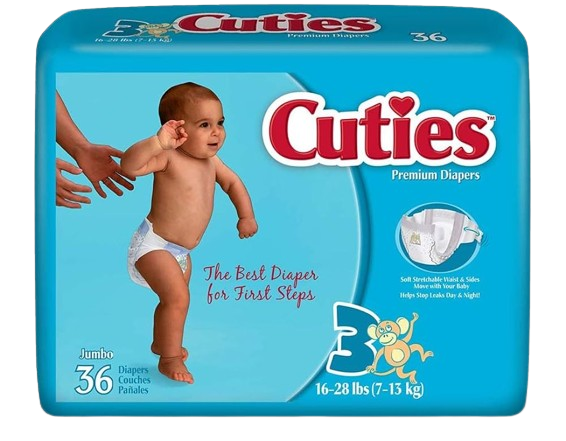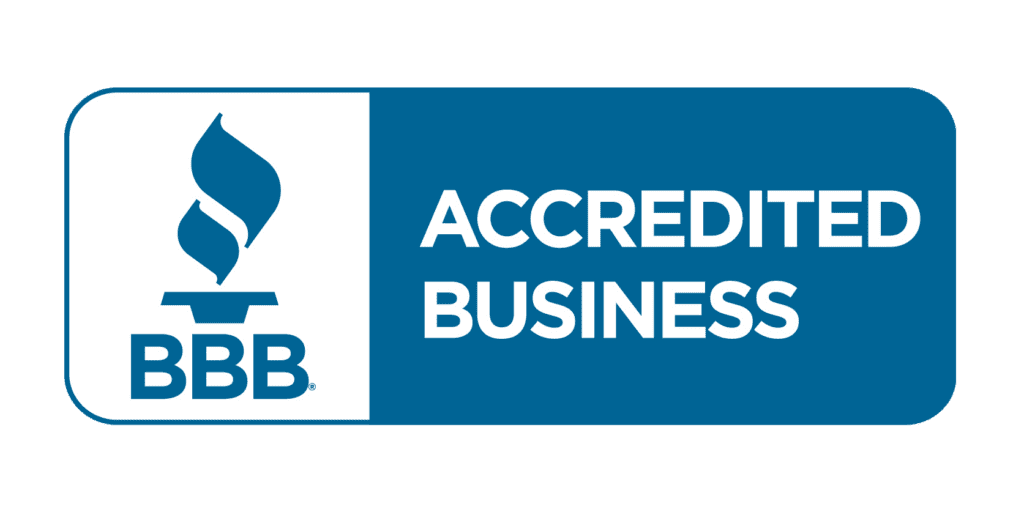Diaper-Aid Program for Little Ones
UroStat for Little Ones offers a diaper assistance program designed to make getting diapers, wipes, catheter supplies, pull-ups easy and hassle-free. Contact us today to start receiving monthly deliveries!

UroStat Understands
Even the youngest members of our families deserve understanding and support when it comes to urinary health. At UroStat, we understand the unique challenges children face with urinary incontinence. Whether it’s a phase of growth or a lifelong journey, we’re here to provide comprehensive care and solutions tailored to your child’s needs.
Trust UroStat to offer not just expertise, but also empathy and understanding for your child’s urinary health needs.





Benefits for your Little Ones
Yes, WIPES are included!
Not only do we offer diaper assistance, we can also include wipes. Inquire today about our monthly bundle packages.
Delivered to
your Door
We can set you up with monthly deliveries, making it hassle and stress-free for you!.
No out of
pocket costs
With accurate eligibility, this service can be of no cost to you!
Reasons for Incontinence
There are many various reasons for incontinence, which are influenced by factors such as anatomy, varying diseases or physical and developmental disabilities. Some causes for incontinence include but are not limited to:
- Austism
- Down Syndrome
- Spinal Cord Injuries (SCI)
- Urinary Tract Infection (UTI)
- Overactive Bladder Muscles
- Kidney or Bladder Stones
- Brain Injury or Stroke
- Nerve/Generic Disorders
- A Disability or Mobility Impairment
- Benign Prostatic Hyperplasia or Enlarged Prostate
- Prostatitis
- Weight Gain
- Developmental Delays
We offer a variety of Diapers,
Pullups and Wipes!
Heavy Wetters
Have a little one that is a heavy wetter, and leaks throughout the day/night? We have suggestions!
First Quality (same makers as Cuties)
- Youth Small/Medium and Youth Large/X-Large
Cuties (hypoallergenic)
- Diaper sizes 3 -7
- Pull-ups 2t-5t (re-attachable velcro sides)
- Great for school-age children
- Gender specific designs
Mckesson
- Diapers 3-7
- Pull-ups 2t-5t
- Youth pull-ups (small/medium and large/x-large)
Tranquility
- Slimline diapers for taller/slimmer children
- Smartcore diapers for when you need a tighter fit but adjustable waist
- ATN (all through the night) small and medium
- Diapers with plastic backing to prevent leaks on clothes
Prevail (manufactured by First Quality)
- Overnight pull-ups
- Light but absorbent diapers
- Sizes up to XXL
Light/Moderate Wetters
Comfees
- Diaper sizes 3-7
- Pull-ups sizes 2t-5t
- Gender specific designs
- Youth sizes (small/medium and large/x-large)
Benefits/Uses of Under Pads
- Great for heavy wetters to put under bed sheets
- Excellent for messy eaters, nice to put down around them to prevent staining of floors/carpets
- Beneficial in a car seat for long car rides
- Another plus is using them for when you are doing arts/crafts with the kids and don’t want to clean up a huge mess around them
Diapers/Wipes
Diapers (also commonly referred to as briefs), are typically the most familiar term to people when in relation to incontinence products. Diapers have tab closures, making changing them more convenient. For especially young children, children who use a wheelchair or have limited mobility, diapers with these side tabs tend to be more hygienic than pull-ups. Wipes help with the cleanup.
Pullups
Pull-ups are disposable, protective underwear that is absorbent and typically has an elasticized waistband. The leg openings make it easy to pull them on or off, which works well for older children who have mobility and want a product that resembles your typical cloth underwear.
Pads/Liners
Also commonly referred to as chux, underpads are mostly used to protect furniture, from mattresses and couches to car seats and cribs. They possess a soft, absorbent layer on the top, and a liquid-proof bottom layer to soak up any leaks. Pads make day to day life easier, and are easily disposed of in the trash after use.
We can help you get these products free of charge with proper eligibility. Get in touch today!
Check Your Eligibility
Contact Us
- 888-845-8698
- 800-508-8201 (FAX)
- Email: service@urostathealthcare.com
- Address: 1132 Satellite Blvd. Ste 100, Suwanee GA 30024
- Office Hours: 8am - 5pm ET, Mon - Fri
Quick Links



